For the past fifty years, a part of the Leica family has been located at a factory in Portugal. This is reason enough to celebrate the success, diversity, and community that has bound the company’s headquarters in Wetzlar, Germany and Famalicão together for all this time.
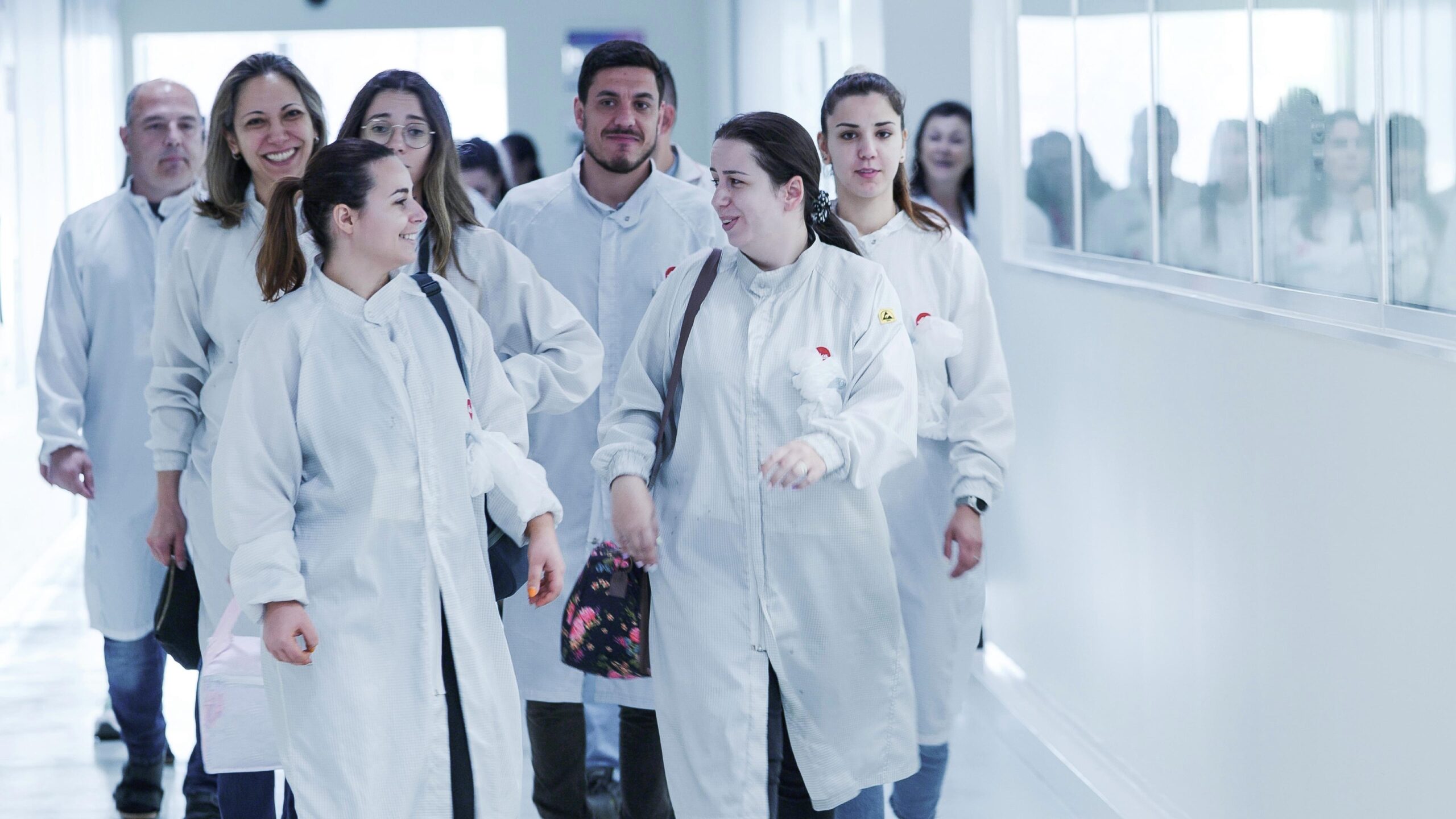
Leica Portugal – now part of Leica’s history
As a second production site, Vila Nova de Famalicão has been part of Leica’s company history. More than 800 employees now produce essential components for Leica products at this location in northern Portugal. The site, which went into operation in 2013, has a surface area of 52,400 m2, with 12,677 m2 for production space, 3,047 m2 for assembly, 3,244 m2 for optics, and 4,827 m2 for mechanics.


The turnover in the last year reached 82 million euros. More important are the people who stand behind the figures – people who have worked steadily on the success of the company over the past decades and have turned the traditional Wetzlar company into a European venture, which passionately conveys the values and precision of Leica to the world.
The community includes not only the employees working directly at the factory, but also the photographers who use Leica cameras as their tool for capturing the world.
Exhibition


This year, the success is being celebrated both with the exhibition ‘From Famalicão to the World: 50 years of Leica in Portugal’, and with an additional exhibition presented at the Leica Gallery Porto: ‘Alfredo Cunha. Portugal from 1973 to 2023’, which is a moving tribute to the homeland of the renowned photojournalist and Leica enthusiast.
Looking back to before 1973, it was the rising costs of production in Germany in the mid-sixties that moved the Ernst Leitz Wetzlar optics factory to look for supplementary locations within Europe.
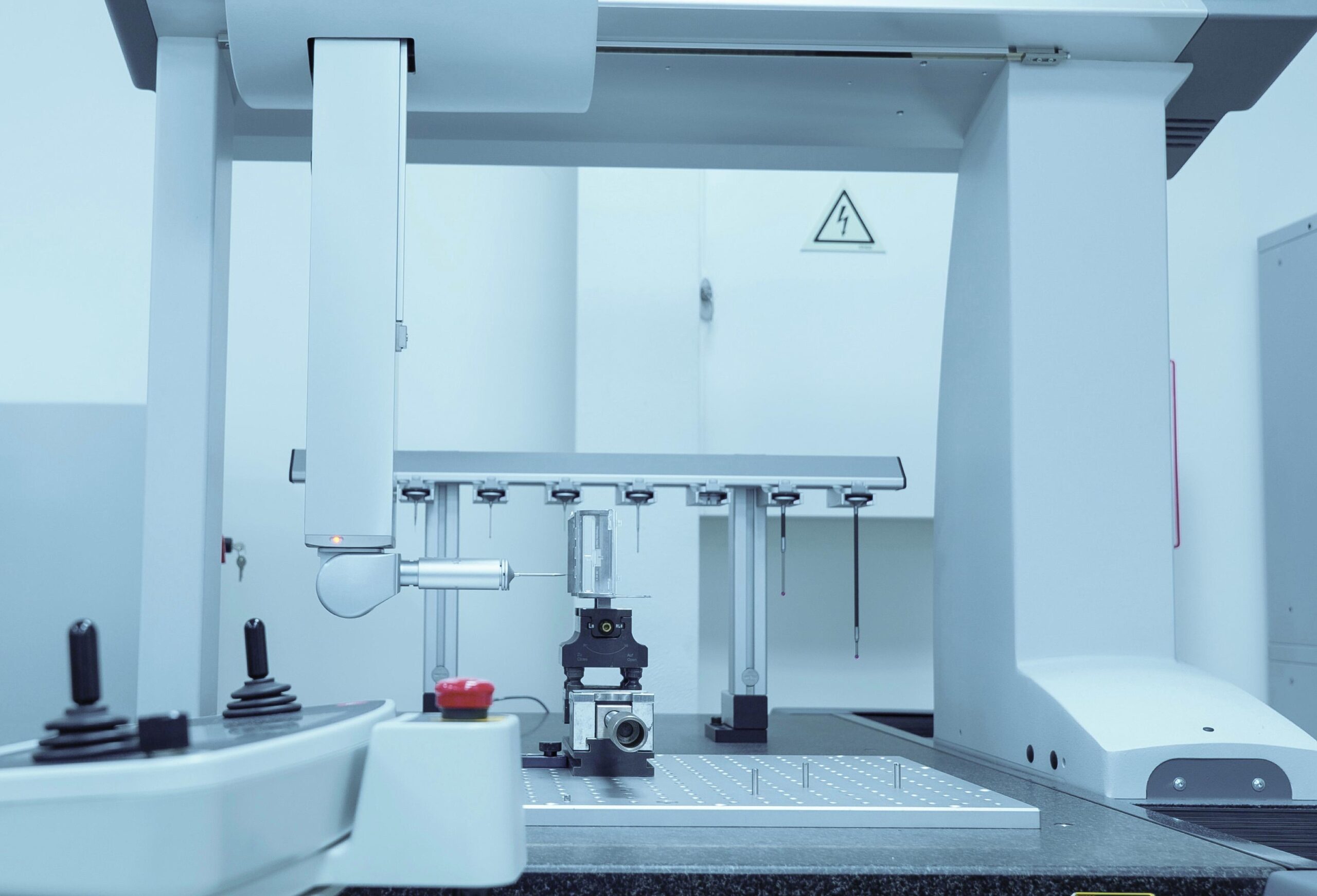
The choice
Northern Portugal was chosen and the town of Vila Nova de Famalicão, where a tradition of precision mechanics already existed. The initial phase, which was launched in June 1973, saw the manufacturing of components for microscopes and cameras.
This was followed by the production of Trinovid binoculars, and, from 1976, the assembly of the Leica R3. The range of products grew consistently over subsequent years, including the pre-assembly of the legendary Leica M6 and with the Leica R8.
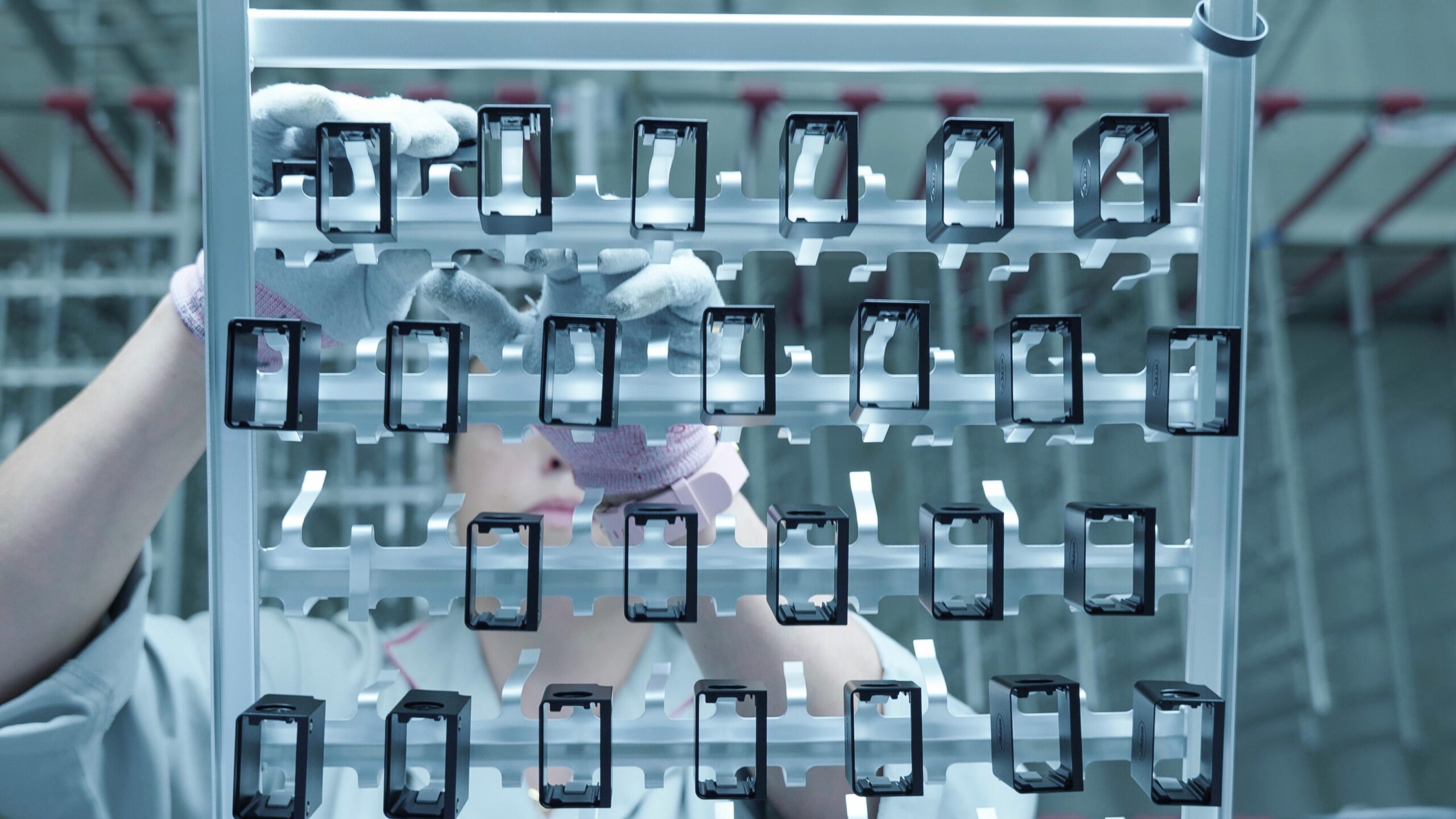
In 2004, the Portuguese facility already occupied an area of 21,000 m2, and in 2008, the founding stone was laid for the construction of the current complex, which, after an investment of 23 million euros, was inaugurated on March 21, 2013.
Further extensions, such as an engineering department, were to follow, and the Leica family continued to grow.
Today, Leica in Portugal also produces cutting-edge optical products. The intricate, handcrafted manufacturing of Leica binoculars, spotting scopes, and sport optics equipment are part of the fixed production programme in the modern factory.
It is an open secret that Leica’s success is also deeply rooted in Famalicão and this factory. The results speak for themselves: this is one of the most advanced facilities in optics industry.
Dr. Andreas Kaufmann, Chairman, Supervisory Board of Leica Camera AG
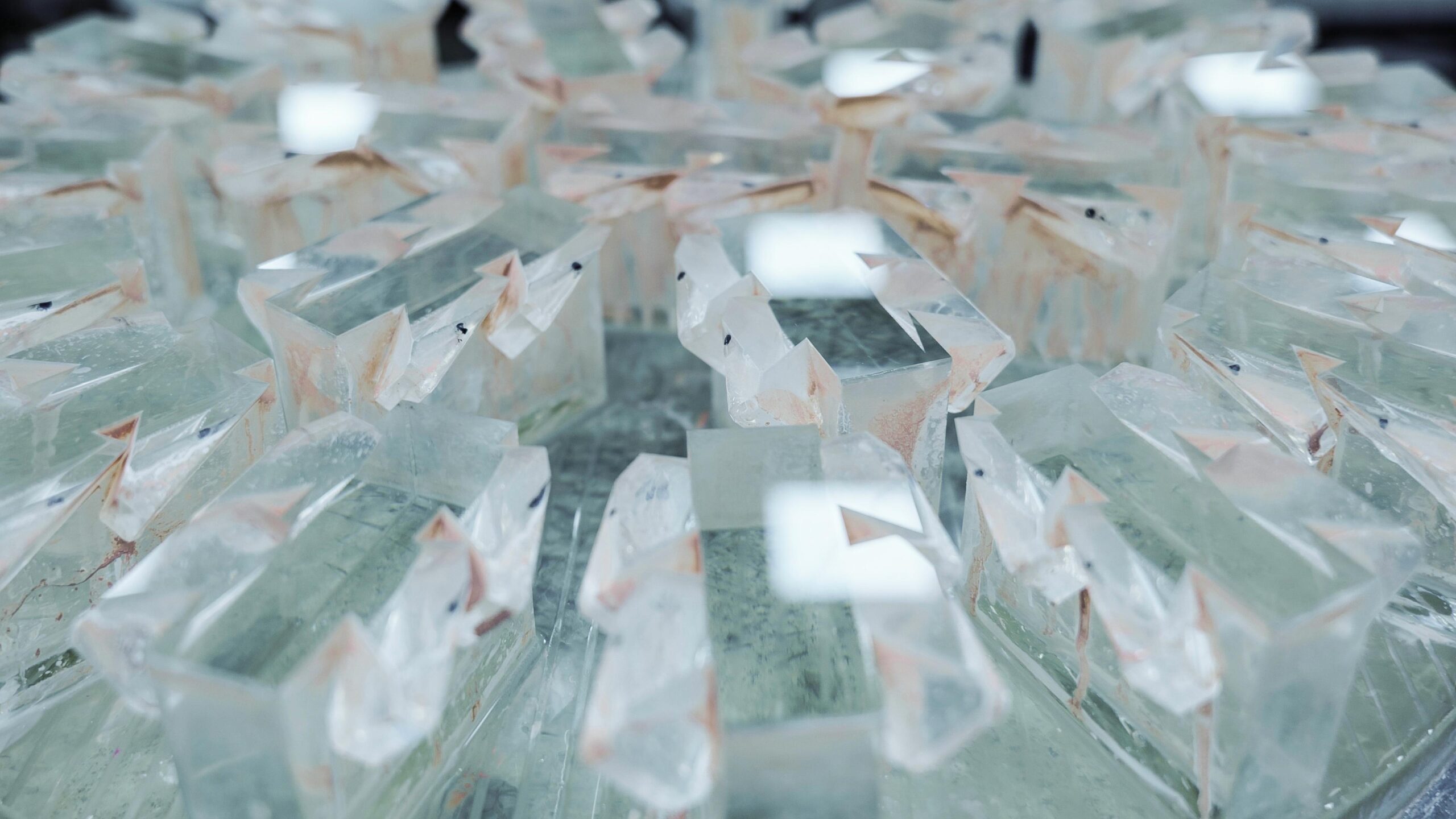
Store and gallery
More recently, the Porto Leica store opened in December 2016 and incorporated an additional gallery and academy in what was formerly the Excelsior Café, one of Porto’s historic buildings in the heart of the city.
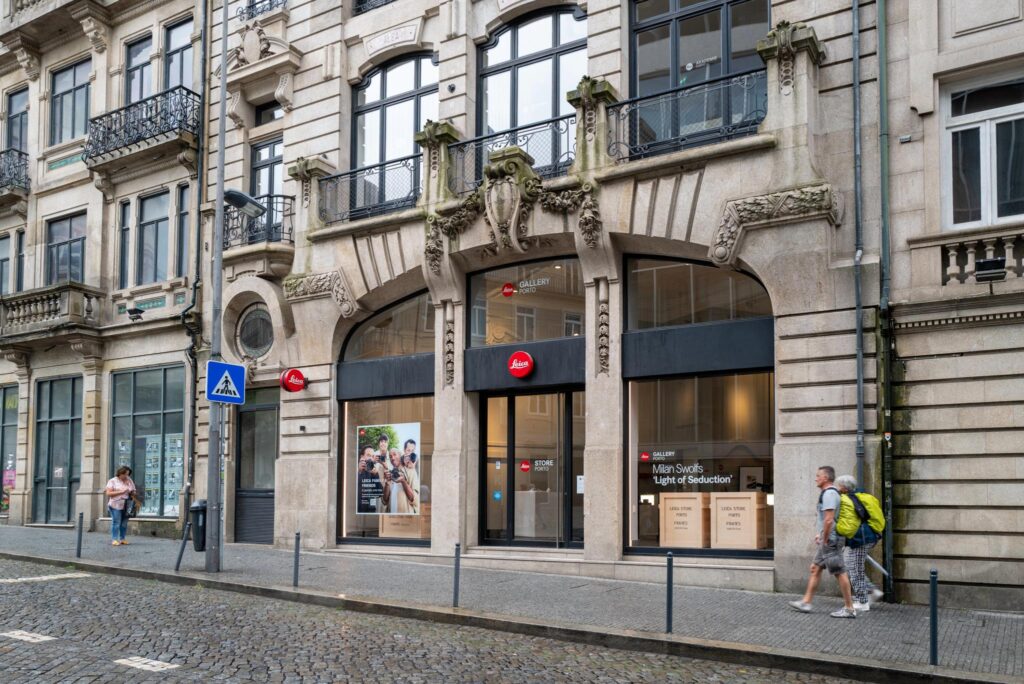
In 2017, the Leica Customer Care Sport Optics expertise and engineering competencies were established at the Vila Nova de Famalicão factory, increasing the added value and level of innovation.
Now is the time to celebrate half a century of successful collaboration. The exhibition From Famalicão to the World: 50 Years of Leica in Portugal, currently on display at Casa das Artes, and accompanied by a special edition magazine, reveals all the facets of five decades of joint effort.
Eyes are not exclusively turned back over the years of Portuguese-German company history and friendship, however, but look equally towards the future; after all, innovation continues to stand at the centre of activities, both in Famalicão and in Wetzlar.
Read more about the reissued M6 and Leica Portugal
Make a donation to help with our running costs
Did you know that Macfilos is run by five photography enthusiasts based in the UK, USA and Europe? We cover all the substantial costs of running the site, and we do not carry advertising because it spoils readers’ enjoyment. Every amount, however small, will be appreciated, and we will write to acknowledge your generosity.
Macfilos is run by volunteers and has no advertising income (by choice). If you enjoyed this and other articles, please consider a small donation towards our increasing running costs…

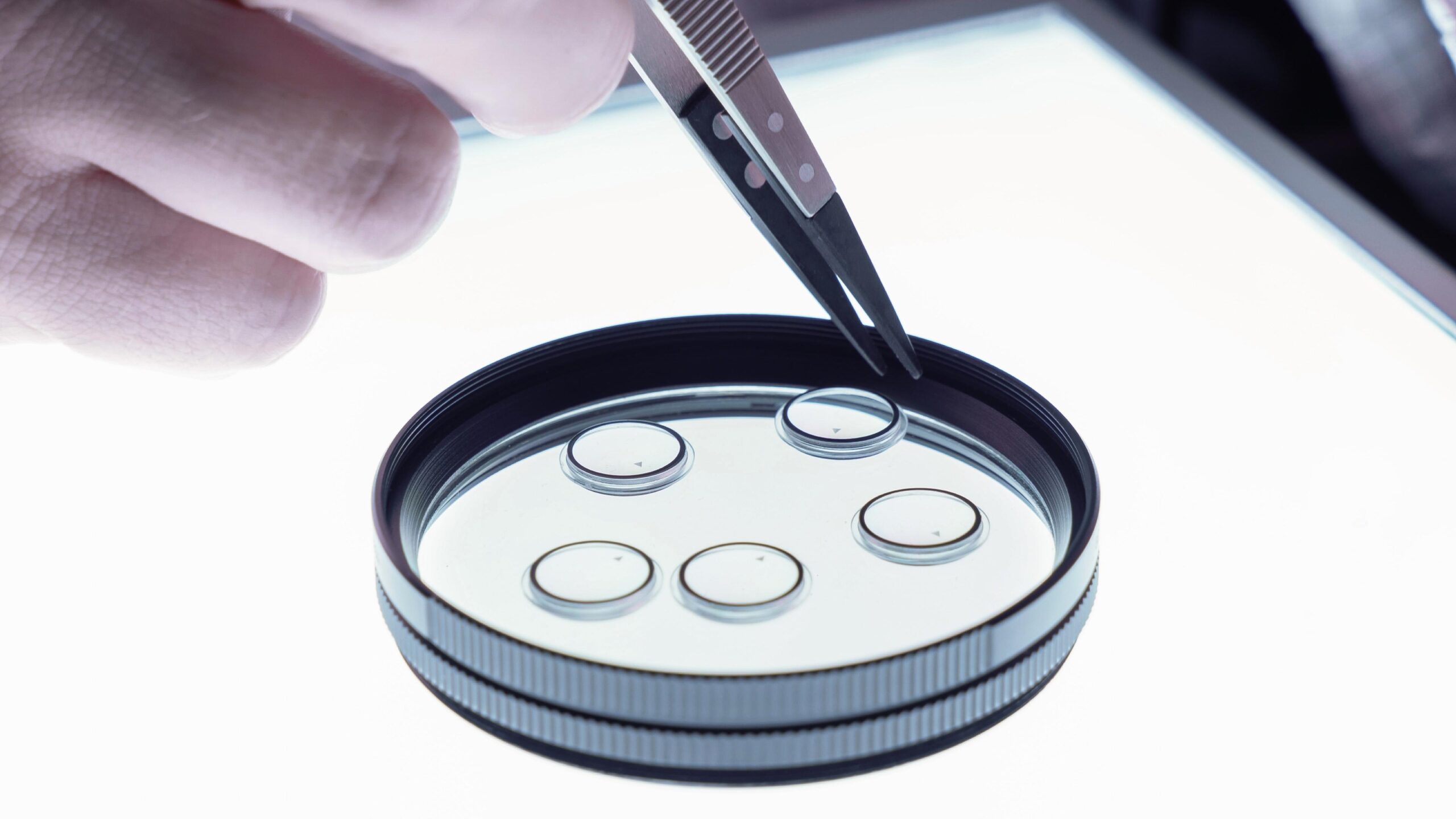
Nice article Leica, share the limelight with Portugal. As for caption how about GLASS BEFORE THE GUILLOTINE !!
Hi David
have you been there recently – it’s a great place to visit.
Good to blow Portuguese trumpets as well, they often seem like the poor relative.
best
Jono
Toured Lisbon and Evora with my daughter in December 2021, to celebrate her 40th birthday. Also Seville, Granada, and Ronda, Spain.
I really want to return to Portugal, and explore the seacoast.
.
“Hi David..”
Who, me? No; never: I went to Wetzlar long ago – late 70’s, early 80’s? – to have a look around, and see what was left of the glass lab, and spent the evening at a bowling alley with the troops there. That was before they moved to Solms. And then I went to Solms a couple of times, mainly to have my M9 focusing fixed – twice! – but I’ve never been to Portugal (..nowhere at all in Portugal).
But I did go to Balham Optical many years ago (..to see lenses ground and antireflection coatings applied..) though never to Jason Whatsisname in Surbiton (..another renowned lens maker and repairer, before it closed). Oh, and spent quite a while at Olympus in Honduras Street, off Old Street in London, watching cameras being stripped right down to their absolute basics and then be repaired and re-assembled by Alan, er, Someoneorother.
But no, not Portugal ..sorry!
Who is David in this context? I had to check I hadn’t inadvertently changed the author name to David B!